محصولات ویژه
© کپی رایت 2025 | کلیه حقوق مادی و معنوی متعلق به بتنو می باشد

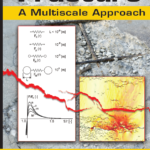 Concrete Fracture_ شکستگی بتن
Concrete Fracture_ شکستگی بتن
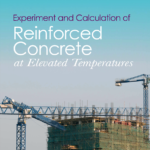 Experiment and Calculation of Reinforced Concrete at Elevated Temperatures_آزمایش و محاسبه تقویت شده بتن در دماهای مرتفع
Experiment and Calculation of Reinforced Concrete at Elevated Temperatures_آزمایش و محاسبه تقویت شده بتن در دماهای مرتفع
 Durability Design of Concrete Structures in Severe Environments_ طراحی دوام سازه های بتنی در محیط های سخت
Durability Design of Concrete Structures in Severe Environments_ طراحی دوام سازه های بتنی در محیط های سخت
 Corrosion of Steel in Concrete Structures_خوردگی فولاد در سازه های بتنی
Corrosion of Steel in Concrete Structures_خوردگی فولاد در سازه های بتنی
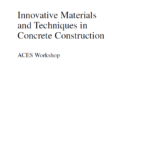 Innovative Materials and Techniques in Concrete Construction مواد و تکنیک های نوآورانه در ساخت و ساز بتنی
Innovative Materials and Techniques in Concrete Construction مواد و تکنیک های نوآورانه در ساخت و ساز بتنی
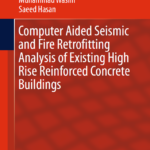 Solid Mechanics and Its Applications_مکانیک جامدات و کاربردهای آن
Solid Mechanics and Its Applications_مکانیک جامدات و کاربردهای آن
 SUPER-HIGH-STRENGTH HIGH PERFORMANCE CONCRETE_ بتن با عملکرد فوق العاده بالا
SUPER-HIGH-STRENGTH HIGH PERFORMANCE CONCRETE_ بتن با عملکرد فوق العاده بالا
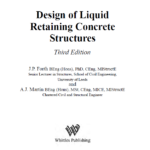 Design of Liquid Retaining Concrete Structures_طراحی بتن نگهدارنده مایع سازه ها
Design of Liquid Retaining Concrete Structures_طراحی بتن نگهدارنده مایع سازه ها
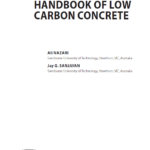 HANDBOOK OF LOW CARBON CONCRETE_ راهنمای بتن کم کربن
HANDBOOK OF LOW CARBON CONCRETE_ راهنمای بتن کم کربن
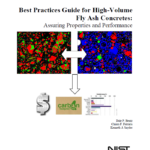 Best Practices Guide for High-Volume_راهنمای بهترین روش ها برای حجم بالا
Best Practices Guide for High-Volume_راهنمای بهترین روش ها برای حجم بالا
 Improving Concrete Quality_بهبود کیفیت بتن
Improving Concrete Quality_بهبود کیفیت بتن
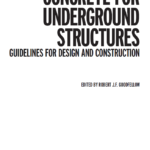 CONCRETE FOR UNDERGROUND STRUCTURES_بتن سازه های زیرزمینی
CONCRETE FOR UNDERGROUND STRUCTURES_بتن سازه های زیرزمینی